Hydrodynamic and Explosives Testing
Supporting Stockpile Stewardship
LLNL applies hydrodynamic testing, combined with state-of-the-art diagnostics, to reveal the behavior of weapon components and to prove and characterize new explosives formations for later testing at scale.
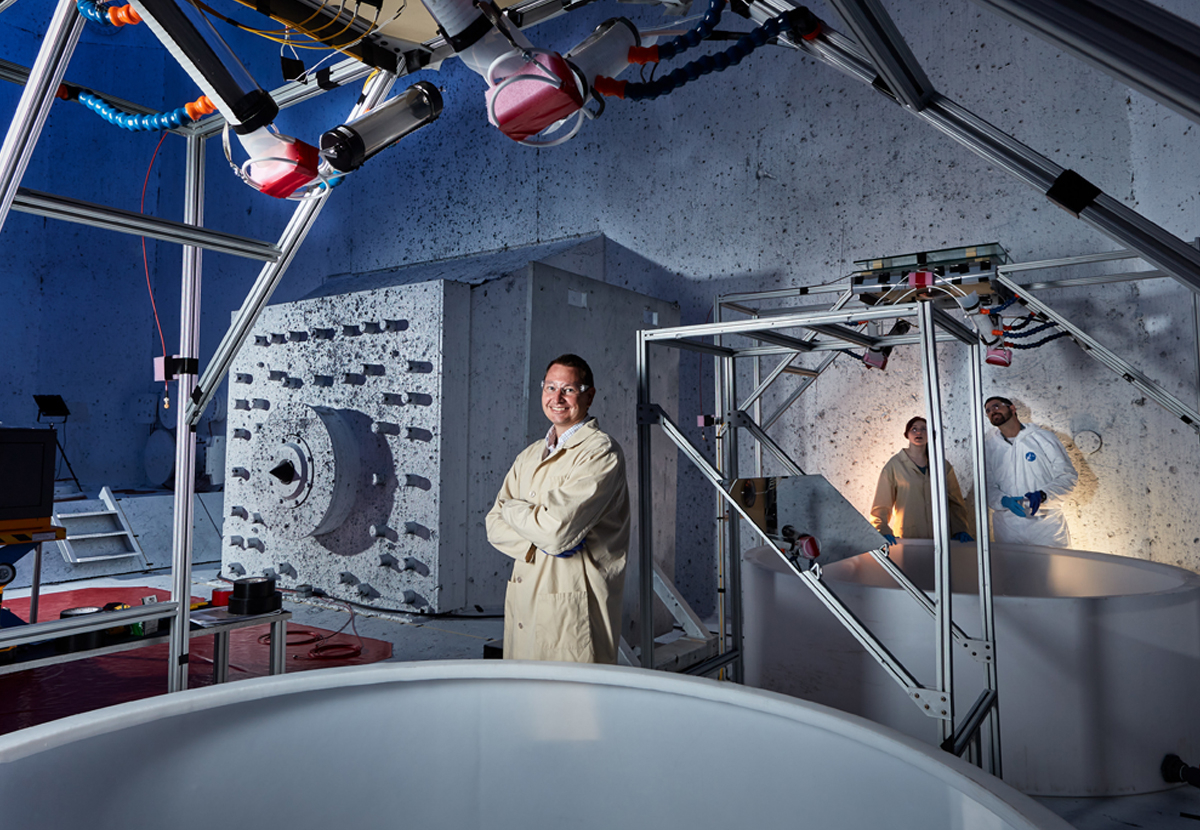
Facility Spotlight
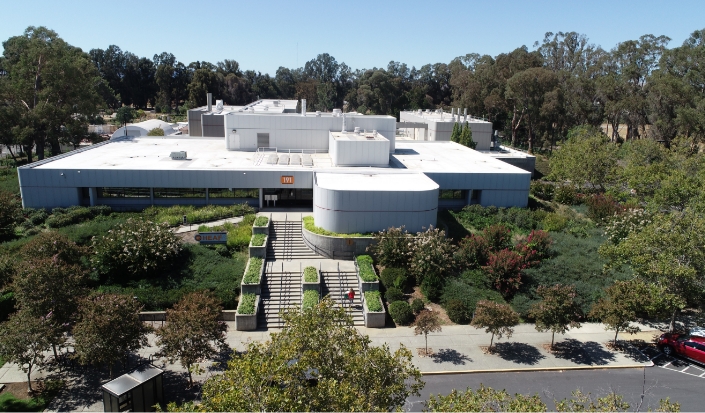
HEAF
The High Explosives Applications Facility (HEAF) at LLNL is dedicated to the research and development of explosives. New explosives are synthesized and formulated in HEAF's laboratories and then safety-tested and characterized using advanced diagnostics and experiments at small and larger scales. HEAF research also advances counterterrorism efforts to detect and defeat improvised explosive devices.
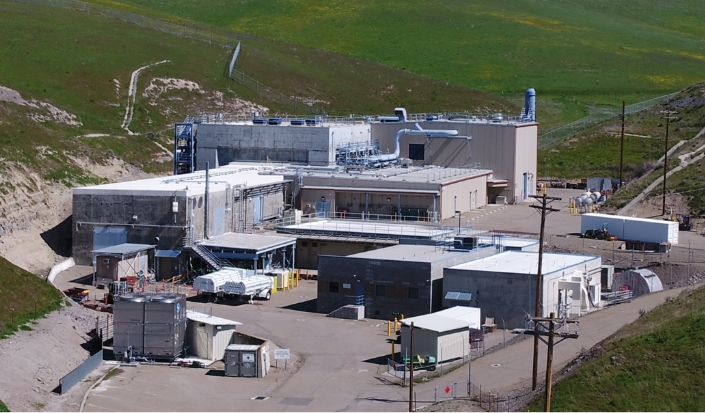
Site 300
Site 300, located about 15 miles southeast of the main LLNL site, assesses the performance of non-nuclear weapon components for their use in the nuclear stockpile through hydrodynamic testing and non-destructive testing intended to evaluate components' response to changing environments and survivability over time. New conventional explosive formulations are also tested in higher quantities at Site 300 after safety testing at HEAF.
How Hydrodynamic Testing Works
to Characterize Materials



Partner Facilities
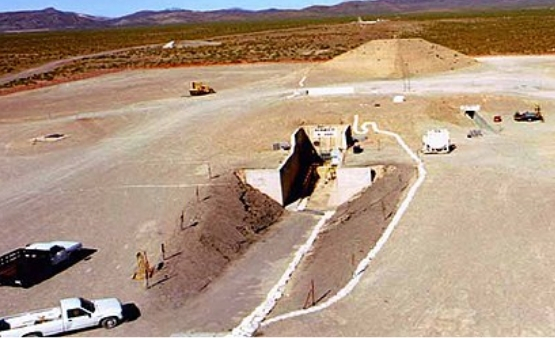
Big Explosives Experimental Facility (BEEF)
Located at the Nevada National Security Site, the BEEF testing facility offers a safe location, historic bunkers, and sophisticated diagnostics to conduct large-scale, high explosive experiments.
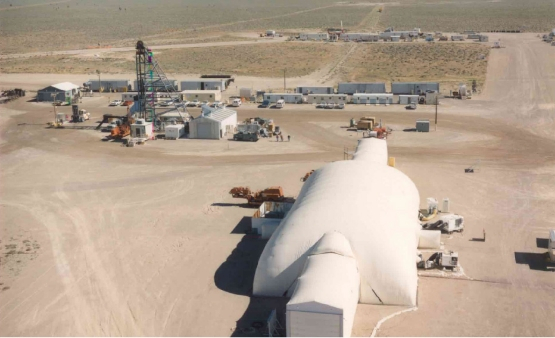
U1a
Complex
The U1a complex at the NNSS hosts sub-critical experiments in underground laboratories to evaluate nuclear material performance without creating the critical mass that leads to nuclear explosion.
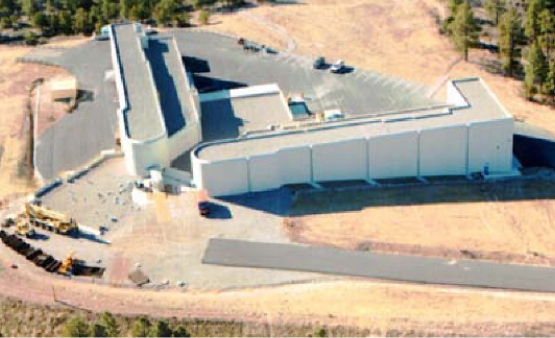
Dual-Axis Radiological Hydrodynamic Testing (DARHT)
DARHT, located at Los Alamos National Laboratory, produces high powered x-ray images of materials exploding at high speeds to verify computer codes assessing nuclear weapon performance and aging.




